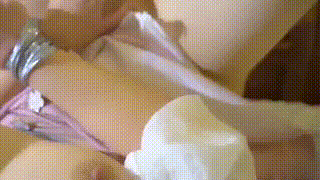猜你喜欢的
热门搜索
久久精品国产亚洲vr高清不卡
国产剧情演绎穿花裙
国产日用洗化品牌大全
国产支架报销吗
国产b超品牌十大排名
经典国产中国儿童电影
斗罗大陆国产动漫连更
2018年国产电视剧
国产出轨在线
久久精品热国产精品
国产滚筒洗衣机哪个品牌的好
国产小型喷涂聚脲设备
最便宜的国产敞蓬车多少钱
国产精品羞羞羞视频
麻豆国产精品视频网站
yy6080国产激情
国产最好日产车
老国产战争电影
国产电动车品牌logo
国产车解体
联合国产业分类目录
国产十大叶面肥品牌
午夜国产黄片
国产剧情片库
国产日韩免费精品视频
国产祛痘产品排行榜10强
国产萨克斯什么品牌好
国产一区蜜桃视频
国产就99在线视频














